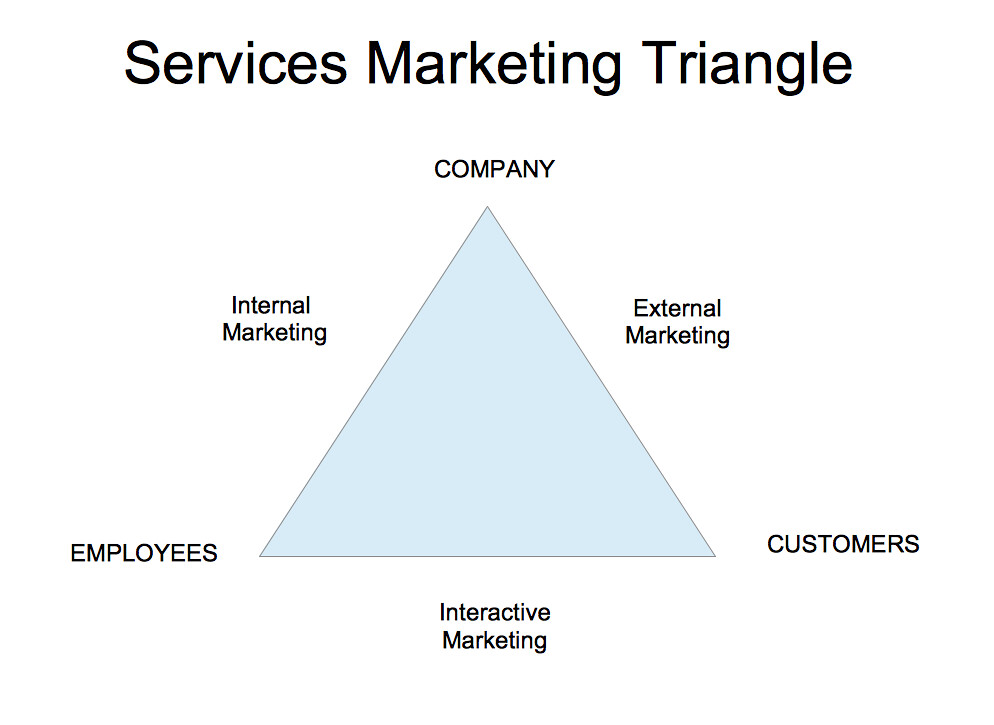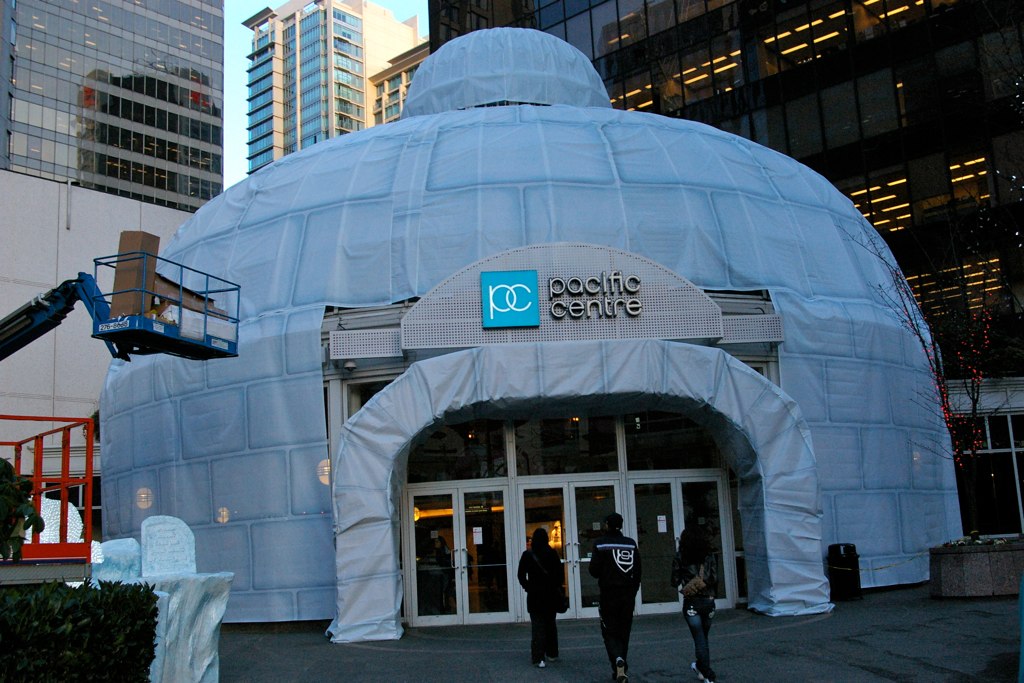Chapter 12. Services Marketing
12.3 Planning for Services Marketing
To ensure effective services marketing, tourism marketers need to be strategic in their planning process. Using a tourism marketing system requires carefully evaluating multiple alternatives, choosing the right activities for specific markets, anticipating challenges, adapting to these challenges, and measuring success (Morrison, 2010). Tourism marketers can choose to follow a strategic management process called the PRICE concept, where they:
- P: plan (where are we now?)
- R: research (where would we like to be?)
- I: implement (how do we get there?)
- C: control (how do we make sure we get there?)
- E: evaluate (how do we know if we got there?)
In this way, marketers can be more assured they are strategically satisfying both the customer’s needs and the organization’s objectives (Morrison, 2010). The relationship between company, employees, and customers in the services marketing context can be described as a services marketing triangle (Morrison, 2010), which is illustrated in Figure 8.5.

In traditional marketing, a business broadcasts messaging directly to the consumer. In contrast, in services marketing, employees play an integral component. The communications between the three groups can be summarized as follows (Morrison, 2010):
- External marketing: promotional efforts aimed at potential customers and guests (creating a promise between the organization and the guest)
- Internal marketing: training, culture, and internal communications (enabling employees to deliver on the promise)
- Interactive marketing: direct exchanges between employees and guests (delivering the promise)
The direct and indirect ways that a company or destination reaches its potential customers or guests can be grouped into eight concepts known as the 8 Ps of services marketing.
8 Ps of Services Marketing
The 8 Ps are best described as the specific components required to reach selected markets. In traditional marketing, there are four Ps: price, product, place, and promotion. In services marketing, the list expands to the following (Morrison, 2010):
- Product: the range of product and service mix offered to customers
- Place: how the product will be made available to consumers in the market, selection of distribution channels, and partners
- Promotion: specific combination of marketing techniques (advertising, personal sales, public relations, etc.)
- Pricing: part of a comprehensive revenue management and pricing plan
- People: developing human resources plans and strategies to support positive interactions between hosts and guests
- Programming: customer-oriented activities (special events, festivals, or special activities) designed to increase customer spending or length of stay, or to add to the appeal of packages
- Partnership: also known as cooperative marketing, increasing the reach and impact of marketing efforts
- Physical evidence: ways in which businesses can demonstrate their marketing claims and customers can document their experience such as stories, reviews, blog posts, or in-location signage and components
It is important that these components all work together in a seamless set of messages and activities known as integrated marketing communications to ensure the guests receive a clear message and an experience that meets their expectations.
Integrated Marketing Communications

Integrated marketing communications (IMC) involves planning and coordinating all the promotional mix elements (including online and social media components) to be as consistent and mutually supportive as possible. This approach is much superior to using each element separately and independently.
Tour operators, attractions, hotels, and destination marketing organizations will often break down marketing into separate departments, losing the opportunity to ensure each activity is aligned with a common goal. Sometimes a potential visitor or guest is bombarded with messaging about independent destinations within a region, or businesses within a city, rather than one consistent set of messages about the core attributes of that destination.
It is important to consider how consumers use various and multiple channels of communication and reach out to them in a comprehensive and coherent fashion. As a concept, IMC is not new, but it is more challenging than ever due to the numerous social media and unconventional communication channels now available. Each channel must be well maintained and aligned around the same messages, and selected with the visitor in mind. Too often businesses and destinations deploy multiple channels and end up neglecting some of these, rather than ensuring key platforms are well maintained (Eliason, 2014).
In order to better understand our guests, and the best ways to reach them, let’s take a closer look at the consumer as the starting and focal point of any marketing plan.
Image Credits
Figure 12.6 Pacific Centre igloo by Janis Behan is used under a CC BY-NC-SA 2.0 license.
An approach that guides the planning, execution, and evaluation of tourism marketing efforts (PRICE concept is an approach to this).
An acronym that helps marketers remember the need to plan, research, implement, control, and evaluate the components of their marketing plan.
A model for understanding the relationship between the company, its employees, and the customer; differs from traditional marketing where the business speaks directly to the consumer.
Refers to product, place, promotion, pricing, people, programming, partnership, and physical evidence.
Planning and coordinating all the promotional mix elements and internet marketing so they are as consistent and as mutually supportive as possible.

